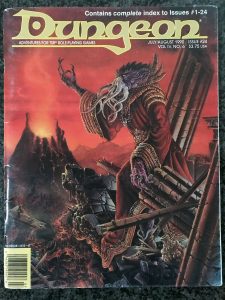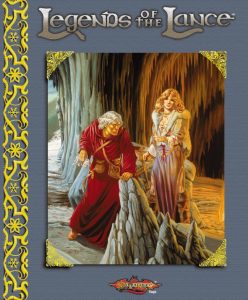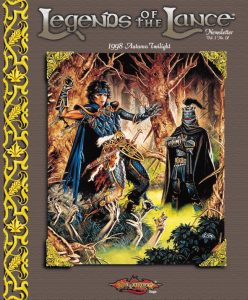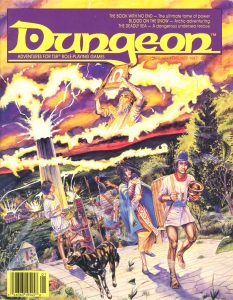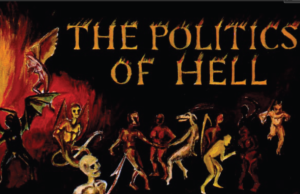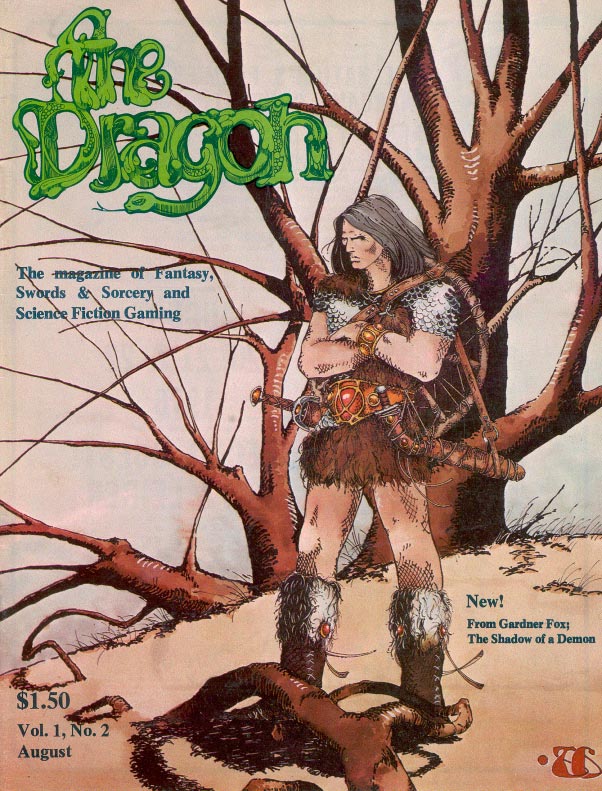
Exploring Dragon Magazine Issue #2: A Deeper Dive into the Expanding RPG Universe
In August 1976, just two months after the groundbreaking first issue, Dragon Magazine #2 hit the shelves, continuing TSR's mission to expand the role-playing game landscape. While the first issue set the stage, this second issue refined its approach, delivering tactical gameplay discussions, fiction, and adventure design insights to a rapidly growing audience of Dungeons & Dragons (D&D) enthusiasts.
Dragon Rumbles: The Rise of Fantasy Gaming
The editorial Dragon Rumbles opens with an observation about the meteoric rise of fantasy gaming. The editor points out that major strategy gaming publishers like Avalon Hill and SPI, initially skeptical of fantasy role-playing, had begun to acknowledge its staying power by producing their own fantasy-based games. With D&D tournaments attracting hundreds of players at conventions like Origins II and GenCon, the fantasy gaming movement was no longer a fringe interest - it was a phenomenon.
However, the editorial also makes a plea for reader engagement, asking for feedback, submissions, and letters to help shape the magazine's future. This emphasis on community involvement would become a hallmark of Dragon Magazine's long legacy.
Monkish Combat in the Arena of Promotion
One of the standout articles in this issue is Monkish Combat in the Arena of Promotion by John M. Seaton, which tackles the monk's unique advancement system in D&D. Since monks in Original D&D had to defeat their superiors in combat to gain rank, the article provides an alternative combat resolution system inspired by real-world martial arts principles.
Key Features of the Monkish Combat System:
- Damage Points Taken (DPT): Determined by multiplying Strength and Constitution, with a bonus based on the monk's level.
- Damage Points Given (DPG): Based on Strength, Dexterity, and Intelligence.
- Combat Mechanics: Structured around 10-turn sets, where monks engage in planned attack sequences.
- Unique Moves: Strikes, blocks, kicks, and defensive maneuvers are mapped into a structured attack system, making monk duels more tactical than standard melee combat.
This homebrew system would have been a revolutionary concept for 1976, adding depth to what was often a mechanically underdeveloped class.
The Gnome Cache (Part II): A Serialized Adventure Continues
Continuing from the first issue, The Gnome Cache - one of the earliest serialized D&D fiction stories - returns for its second chapter. This installment follows Dunstan, a young adventurer who has stolen from his father to pursue a life of heroism.
Key Moments in Chapter Two:
- Dunstan encounters a suspicious group of "righteous outlaws" claiming to fight against an oppressive baron.
- A chance meeting at a shrine dedicated to Saint Cuthbert (a deity later expanded in Greyhawk) leads him into a conflict with local rogues.
- Tension mounts as Dunstan finds himself tangled in an uncertain alliance, unsure whether these men are truly noble or just another breed of bandit.
This kind of serialized storytelling was a precursor to what Dragon Magazine would later do with the Dragonlance Chronicles and Forgotten Realms stories, making it an essential read for fans of early D&D lore and world-building.
Search for the Forbidden Chamber: A Hilarious Dungeon Crawl
A comedic dungeon adventure story written by Jake Jaquet, Search for the Forbidden Chamber is a lighthearted take on the classic dungeon crawl. Starring Ralph the Wizard, Dimwit the Dwarf, and 'Lumbo the Elf, this adventure plays out like a chaotic and somewhat incompetent quest that many real-life D&D parties could relate to.
Key Highlights:
- A near-lethal encounter with the Recyclesaurous - a monster seemingly designed to punish wastefulness.
- A puzzle involving an onyx box and a mysterious key, leading the adventurers deeper into the dungeon.
- A mockingly abrupt ending where the party is knocked unconscious by knockout gas - only for the editor to intervene, insisting on a more satisfying conclusion.
- 'Lumbo's ridiculous way of winning fights (tricking enemies into attacking each other) serves as both comic relief and an unorthodox but effective tactic.
This early example of humorous roleplaying fiction foreshadowed the kind of satirical D&D stories that later became staples in the RPG community.
Mapping the Dungeons: A Directory of DMs
One of the most historically fascinating sections in this issue is Mapping the Dungeons, essentially an early version of an RPG community network. The section provides a list of Dungeon Masters across the U.S., including their names and locations, acting as a precursor to modern gaming forums and online matchmaking for RPG groups.
Looking back, this physical networking system highlights just how far RPG communities have come - from writing letters to meeting online in virtual tabletop systems like Roll20 or Foundry VTT.
GenCon Update: The Evolution of D&D Tournaments
A short but insightful piece on the upcoming GenCon IX D&D Tournament, this section details the competitive format that TSR was developing for its organized play events.
Tournament Rules & Structure:
- Pre-rolled characters assigned to players (one per party: Fighter, Mage, Cleric, Elf-Mage, Dwarf-Fighter).
- 100 players split into 20 groups, all running the same adventure.
- Scoring System: Players were judged by monster kills, treasure gathered, traps solved, and dungeon progress.
This structured competition format was an early glimpse into the D&D tournament scene, laying groundwork for modern organized play events like the Adventurers League.
Hints for D&D Judges (Part 3): Dungeon Design
Joe Fischer's Hints for D&D Judges continues with an in-depth look at dungeon design. The article provides timeless advice on creating engaging dungeons, including:
- Diverse Entrance Points: Encouraging DMs to use alternative access points beyond just "the castle ruins."
- Balanced Traps: Warning against overuse, as too many traps can frustrate players.
- Intelligent Treasure Placement: Mixing booby-trapped chests, cursed items, and misleading loot to keep adventurers on their toes.
- Monster Gems: A fascinating homebrew item that, when activated, summons a random monster to aid or attack the player.
These early DMing insights remain relevant even today, demonstrating how TSR's writers were already refining what makes dungeons truly memorable.
Dragon #2 as a Snapshot of a Growing Hobby
Looking back at Dragon Magazine Issue #2, it's clear that fantasy RPGs were exploding in popularity, and TSR was eager to build a thriving community around D&D. With a mix of fiction, humor, rules discussions, and adventure ideas, the magazine was already becoming a must-read for tabletop gamers.
For modern fans, revisiting this issue offers a glimpse into the earliest days of RPG culture, where DMs shared ideas through printed directories and tournament play was still in its infancy. Whether you're a D&D historian or just love classic gaming lore, Dragon Magazine #2 remains a fascinating time capsule from the golden age of RPGs.
